Home>Ideas and Tips>Creating A Functional Home Office With Built-in Whiteboard Wall
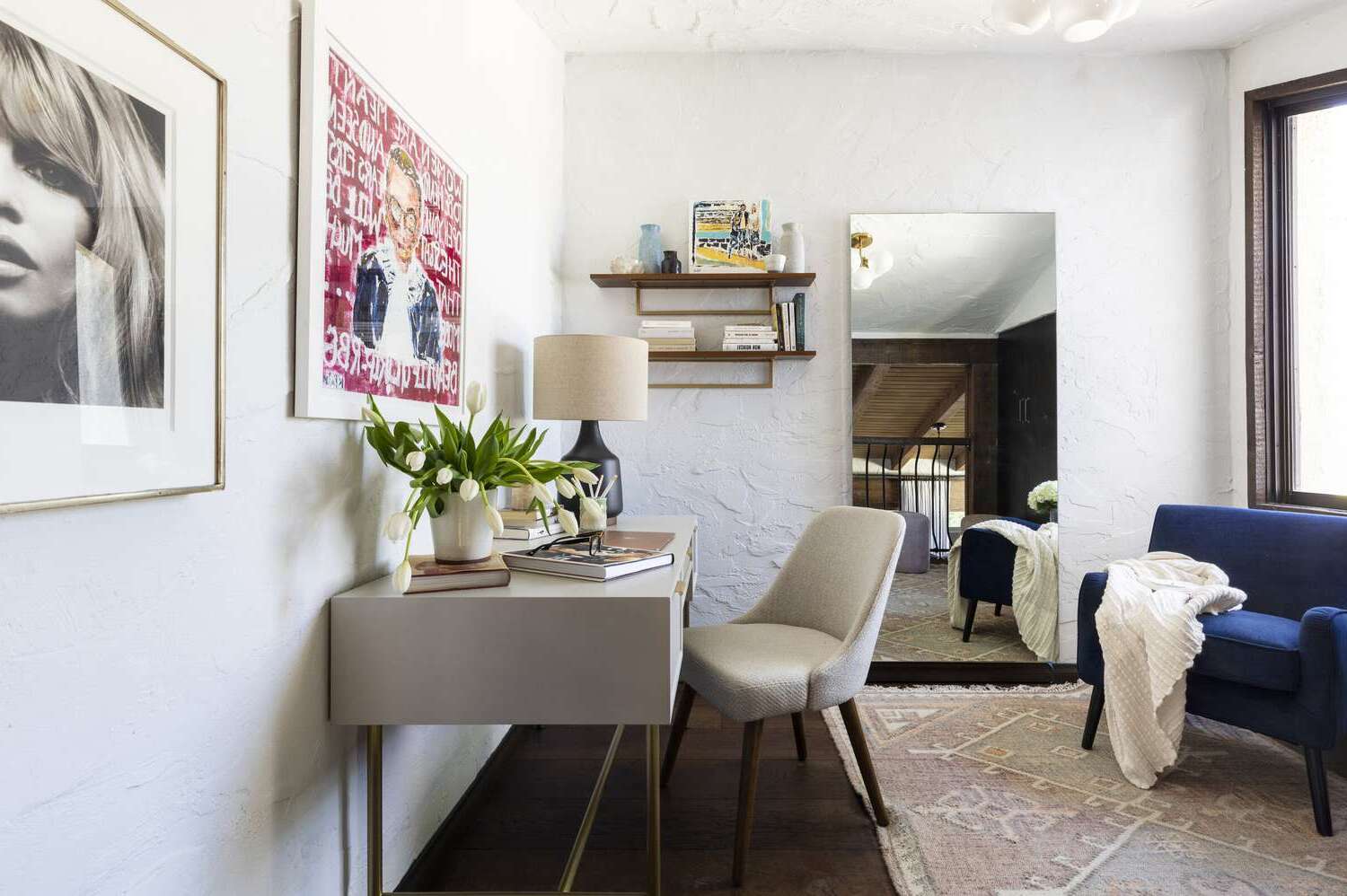

Ideas and Tips
Creating A Functional Home Office With Built-in Whiteboard Wall
Published: August 29, 2024
Transform your workspace with a built-in whiteboard wall. Boost productivity and style in your home office with our comprehensive design guide.
(Many of the links in this article redirect to a specific reviewed product. Your purchase of these products through affiliate links helps to generate commission for Storables.com, at no extra cost. Learn more)
Creating a functional home office with a built-in whiteboard wall is a game-changer. It’s not just about having a place to work; it’s about creating a space that boosts productivity and creativity. So, why should you consider a built-in whiteboard wall for your home office?
A built-in whiteboard wall offers several advantages that can transform your home office into a highly efficient workspace. First off, flexibility is a big deal. Unlike traditional whiteboards that take up valuable desk space, a built-in wall-mounted whiteboard provides ample space for brainstorming, note-taking, and project planning without cluttering your workspace. You can jot down ideas, make to-do lists, or even doodle when you need a mental break. It’s like having a giant canvas for your thoughts.
Another perk is the aesthetic appeal. Integrating the whiteboard into the wall design can create a sleek and modern look that complements your home decor. This can be especially beneficial if you have limited space and want to maximize the functionality of your room. Imagine walking into a room that looks like it belongs in a design magazine, yet it’s super practical. That’s the magic of a built-in whiteboard wall.
Durability is another factor. A built-in whiteboard is less likely to be damaged compared to a freestanding one, which can be knocked over or moved around. This ensures that your investment remains durable and functional over time. Plus, you won’t have to worry about it tipping over when you’re in the middle of a big project.
Customization is key. You can tailor the size and design of the whiteboard wall to fit your specific needs. Whether you need a small section for daily reminders or a large area for detailed project planning, customization is key. You can even add grids or sections to keep things organized. The possibilities are endless.
Before you start designing your home office with a built-in whiteboard wall, there are several factors to consider. Space planning is crucial. Assess the available space in your home office. Measure the dimensions of the room and consider the placement of furniture, windows, and doors. Determine how much wall space you can dedicate to the whiteboard without compromising other essential elements like shelves or storage units.
Next, think about the wall type. Ensure that the wall is sturdy enough to support the weight of the whiteboard. Drywall or plaster walls may require additional reinforcement. If you have a textured or uneven wall, consider using a level to ensure the whiteboard is installed straight. You don’t want a crooked whiteboard messing up your vibe.
Electrical considerations are also important. If you plan to integrate any electrical components like LED lights or USB ports near the whiteboard, consult an electrician to ensure safe installation. Avoid placing electrical components directly behind the whiteboard to prevent overheating and ensure easy access for maintenance. Proper lighting is crucial for visibility when using a whiteboard. Consider installing LED strips or under-cabinet lighting around the whiteboard area. Natural light can also be beneficial; position your workspace near a window if possible.
Ergonomics matter too. Ensure that your workspace is ergonomically designed to prevent strain on your back and neck. Position your chair and desk at comfortable heights. If you plan to use the whiteboard frequently, consider installing it at a height that allows you to stand comfortably while writing. Your body will thank you.
Creating a built-in whiteboard wall involves several steps. First, plan your design. Sketch your layout using graph paper or a digital tool like SketchUp or Autodesk to create a detailed layout of your home office. Include all furniture, windows, doors, and any other features that might impact your design. Take precise measurements of the wall where you plan to install the whiteboard. Consider the size of the whiteboard you need based on your specific requirements. Decide on the type of whiteboard you want (e.g., glass, melamine-coated steel, or magnetic). Select a suitable frame material (e.g., wood, metal, or PVC) that matches your home decor.
Next, prepare your wall. Thoroughly clean the wall to remove any dirt, dust, or old adhesive residue. Use a degreaser if necessary to ensure a smooth installation process. Inspect the wall for any electrical outlets, pipes, or other obstructions that could interfere with your installation. Mark these areas clearly so you can avoid them during installation. If you’re using a frameless glass or melamine-coated steel whiteboard, you may need to apply adhesive directly to the wall. Follow the manufacturer’s instructions for application and drying times.
Then, install the whiteboard. Double-check your measurements before cutting any materials. Use a laser level to ensure accuracy and precision during cutting. Decide whether you want to use screws, nails, or adhesive for mounting. For added stability and ease of installation, consider using wall anchors if necessary. Once you’ve placed the whiteboard on the wall, secure it firmly using screws or nails. If using adhesive, follow the manufacturer’s instructions for application pressure and drying times.
Finally, add additional features if desired. Install LED strips around the edges of the whiteboard for enhanced visibility. Choose colors that complement your home decor or match any existing lighting schemes. If desired, integrate USB ports or power outlets near the whiteboard area for easy access. Consult an electrician if you’re unsure about safe installation practices. Consider adding ergonomic accessories like standing desks or adjustable chairs to enhance comfort while using the whiteboard.
Practical tips for using your built-in whiteboard wall include regular cleaning, organizing your space, utilizing vertical space, customizing your layout, and incorporating technology integration. Keep your whiteboard clean by wiping it down regularly with a damp cloth. Avoid using abrasive cleaners that might damage the surface. Use markers or colored pens to categorize different sections of your whiteboard. Create a system for labeling different areas (e.g., daily tasks, project timelines). Make the most of vertical space by using magnetic boards or chalkboard paint on adjacent sections of the wall. This can help keep your workspace clutter-free while still providing ample space for notes and reminders. Experiment with different layouts until you find one that works best for you. Consider dividing the board into sections using masking tape or painter’s tape temporarily until you decide on a permanent layout. If you have a smart home setup, consider integrating smart boards that allow digital note-taking and collaboration tools via apps like Google Jamboard or Microsoft Whiteboard.
Creating a functional home office with a built-in whiteboard wall is not only aesthetically pleasing but also highly practical for enhancing productivity and creativity in your workspace. By following these steps and considering the various design elements discussed above, you can transform any room into an efficient workspace tailored specifically to your needs. Whether you’re working remotely or managing projects from home, this versatile tool will undoubtedly become an indispensable part of your daily routine.
Was this page helpful?
At Storables.com, we guarantee accurate and reliable information. Our content, validated by Expert Board Contributors, is crafted following stringent Editorial Policies. We're committed to providing you with well-researched, expert-backed insights for all your informational needs.
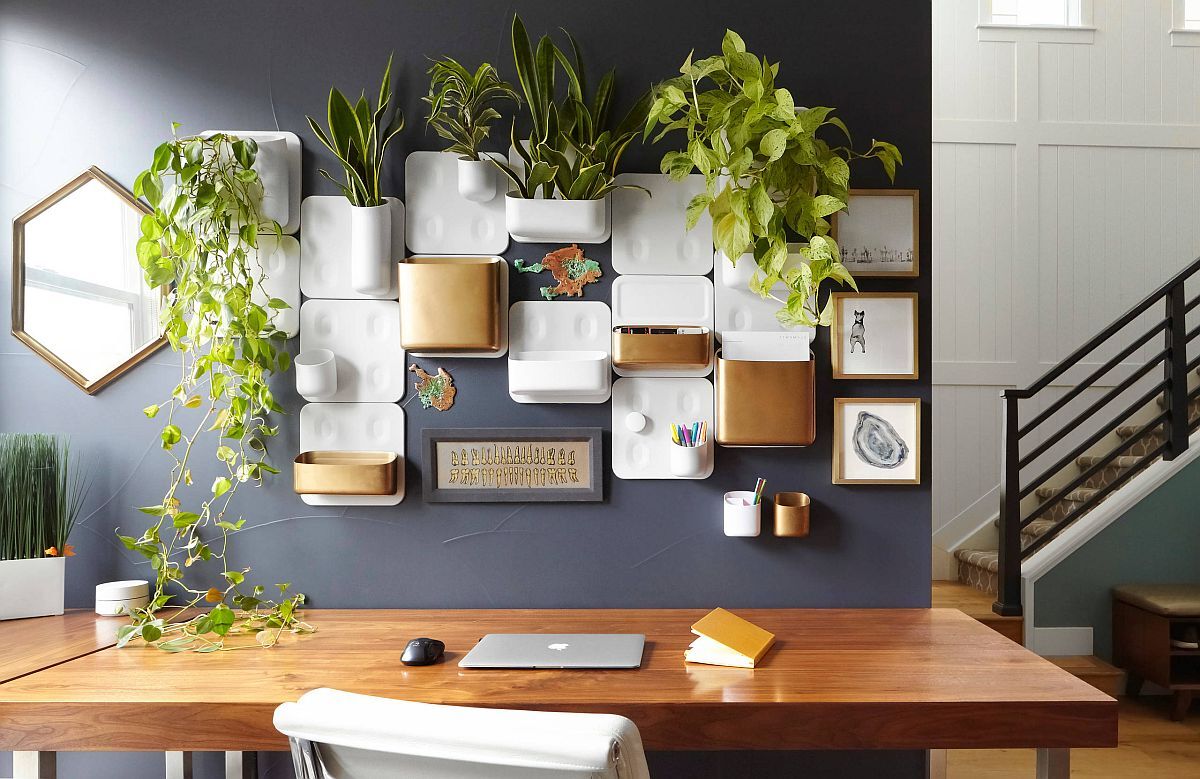
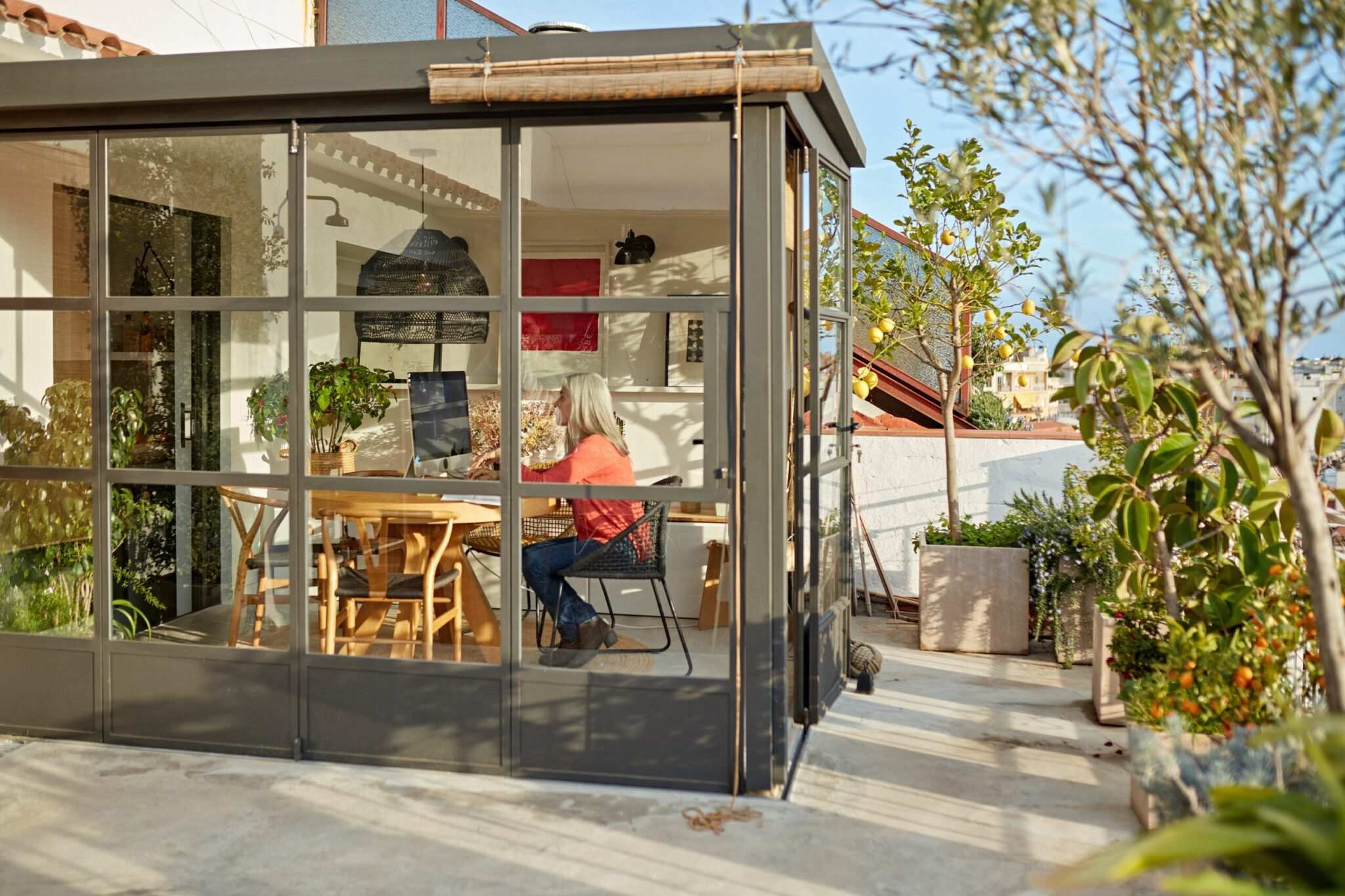
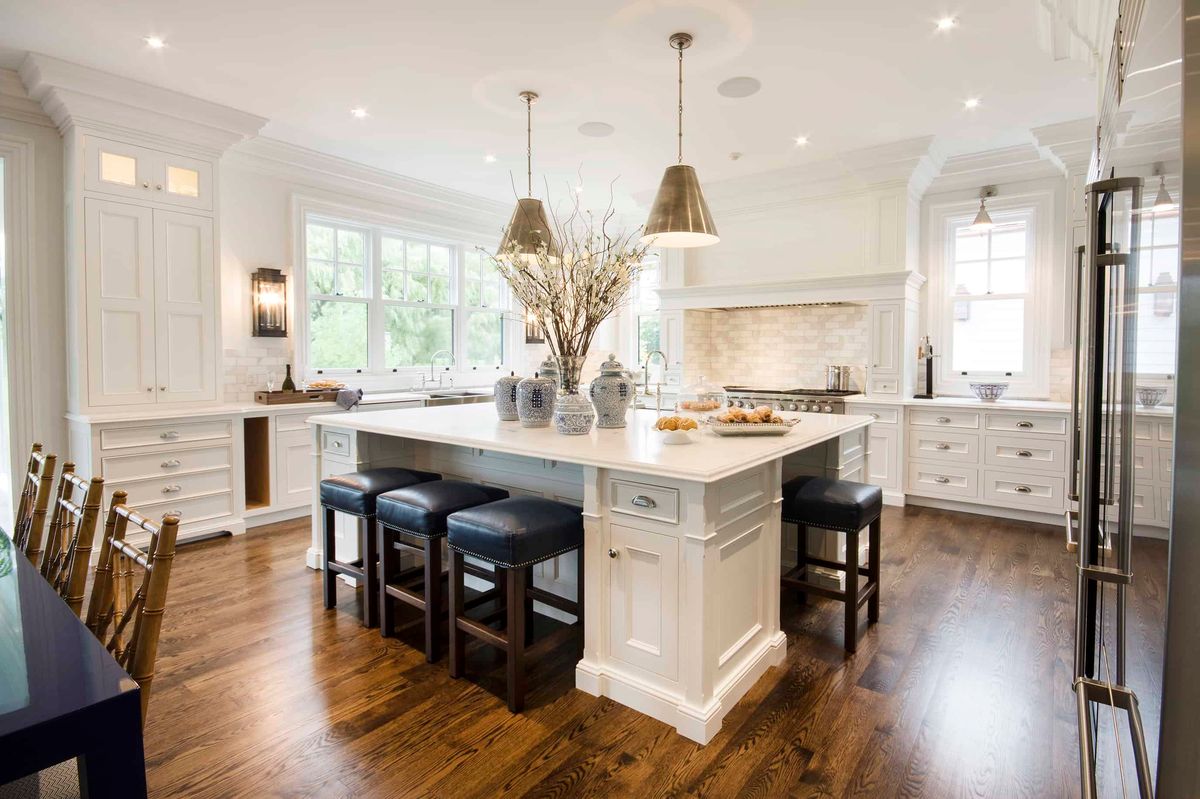
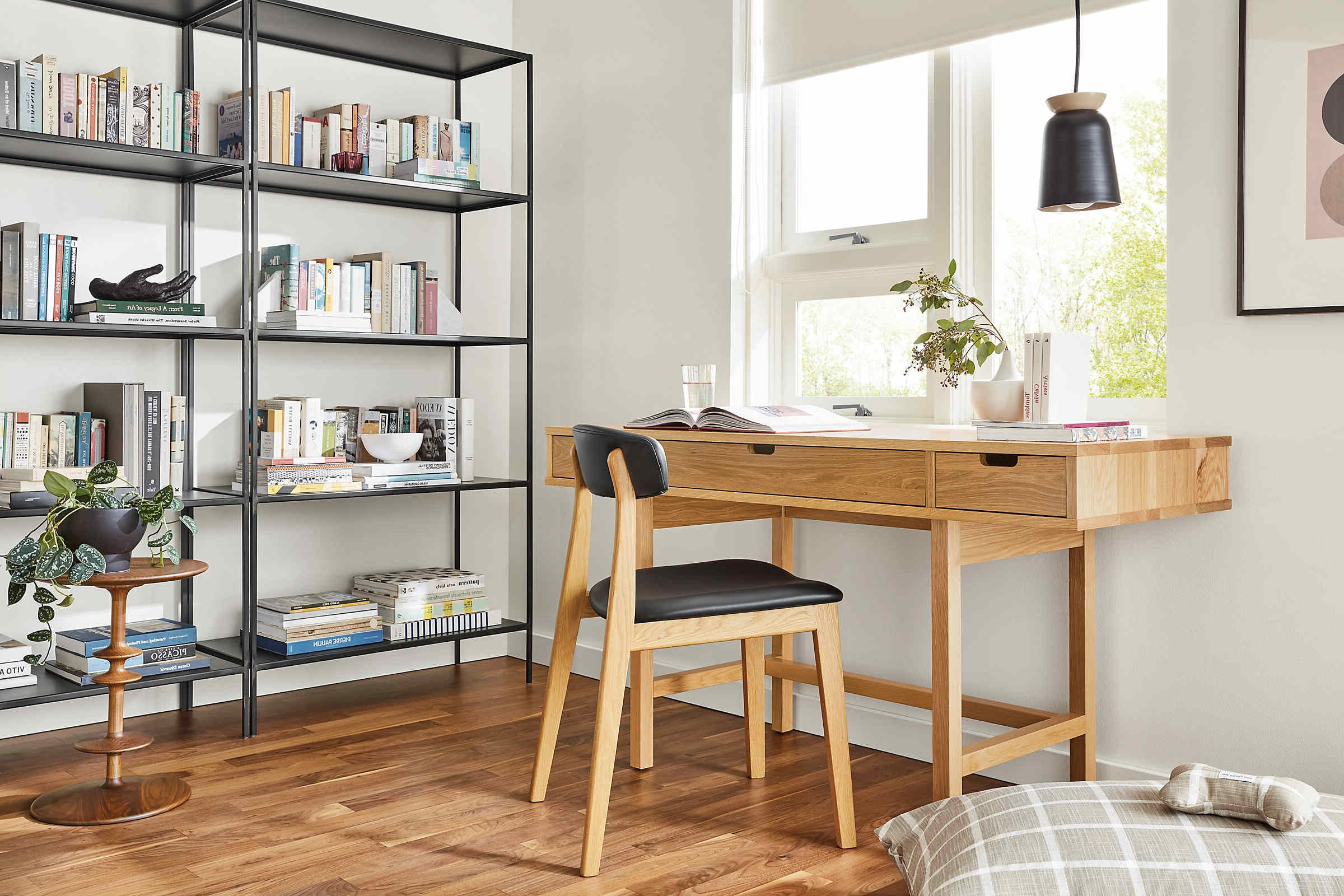
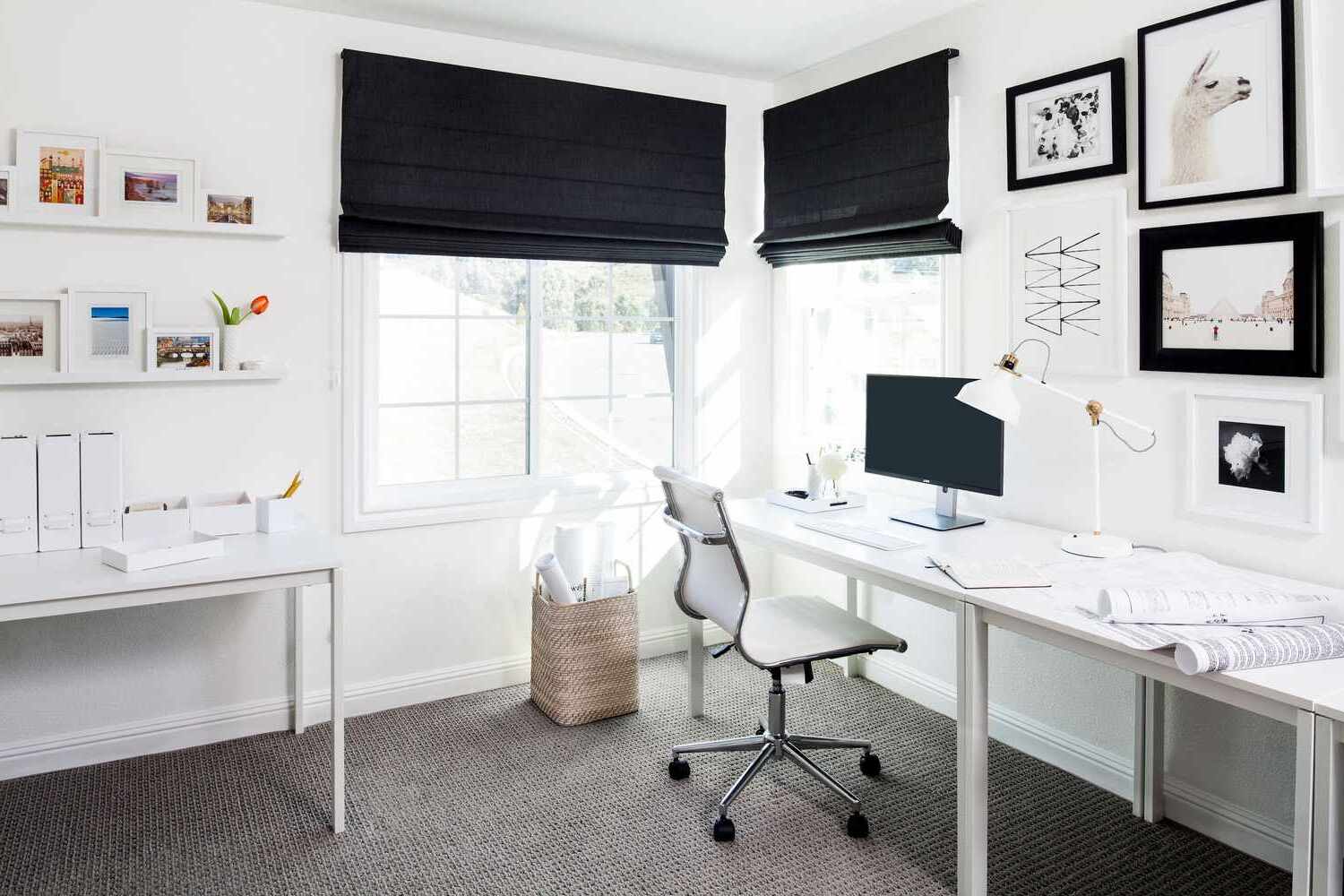
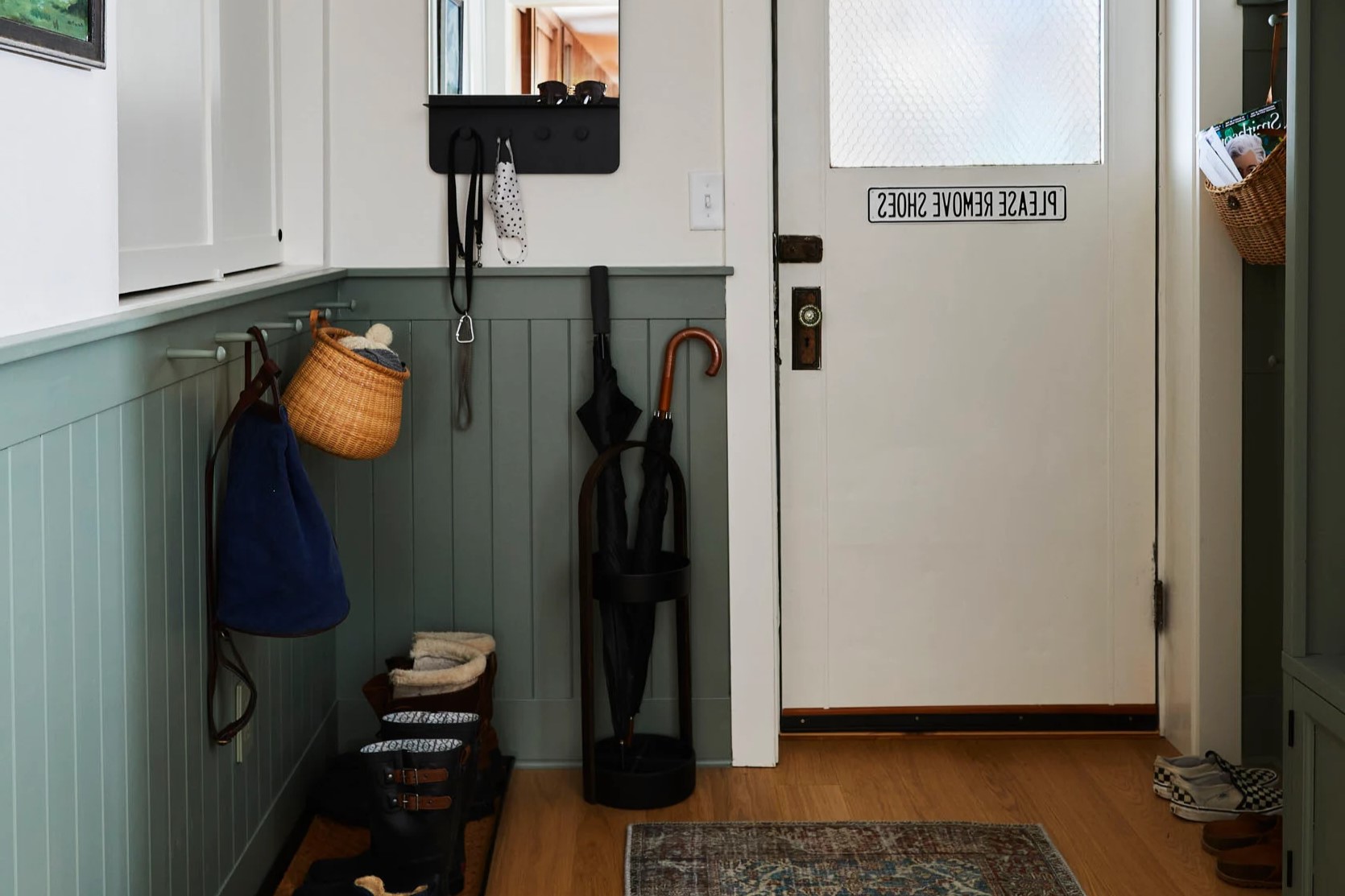
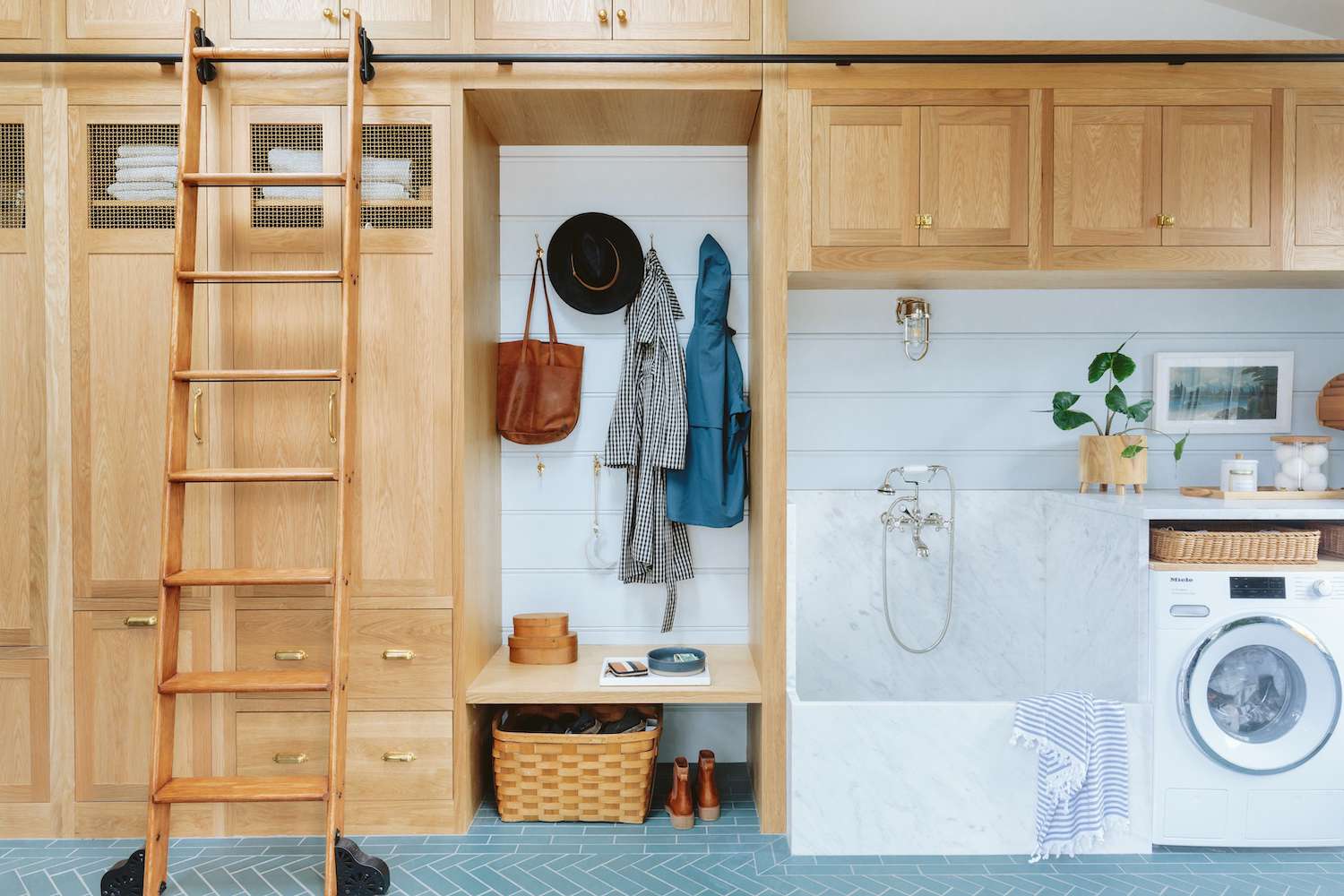
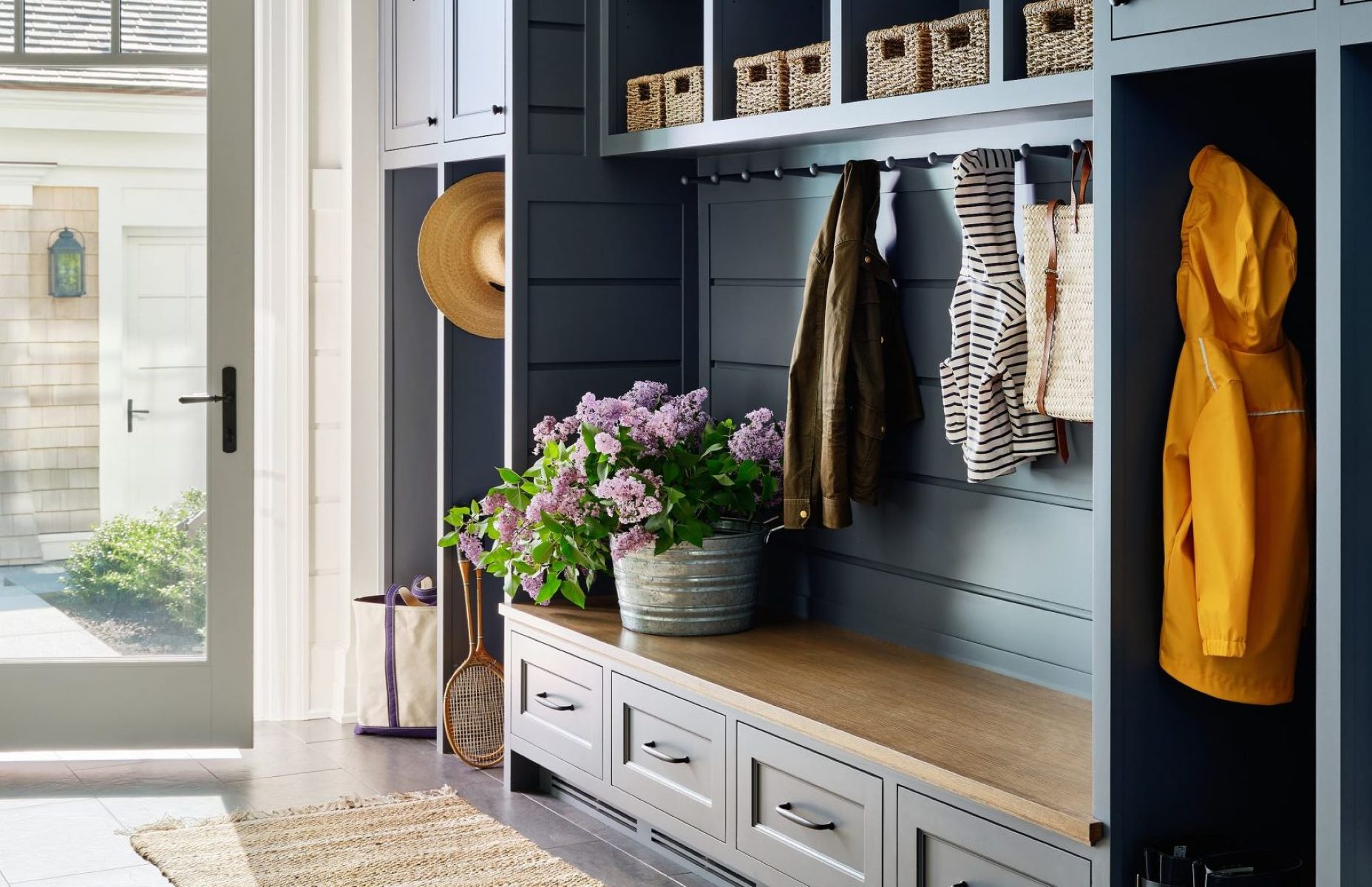
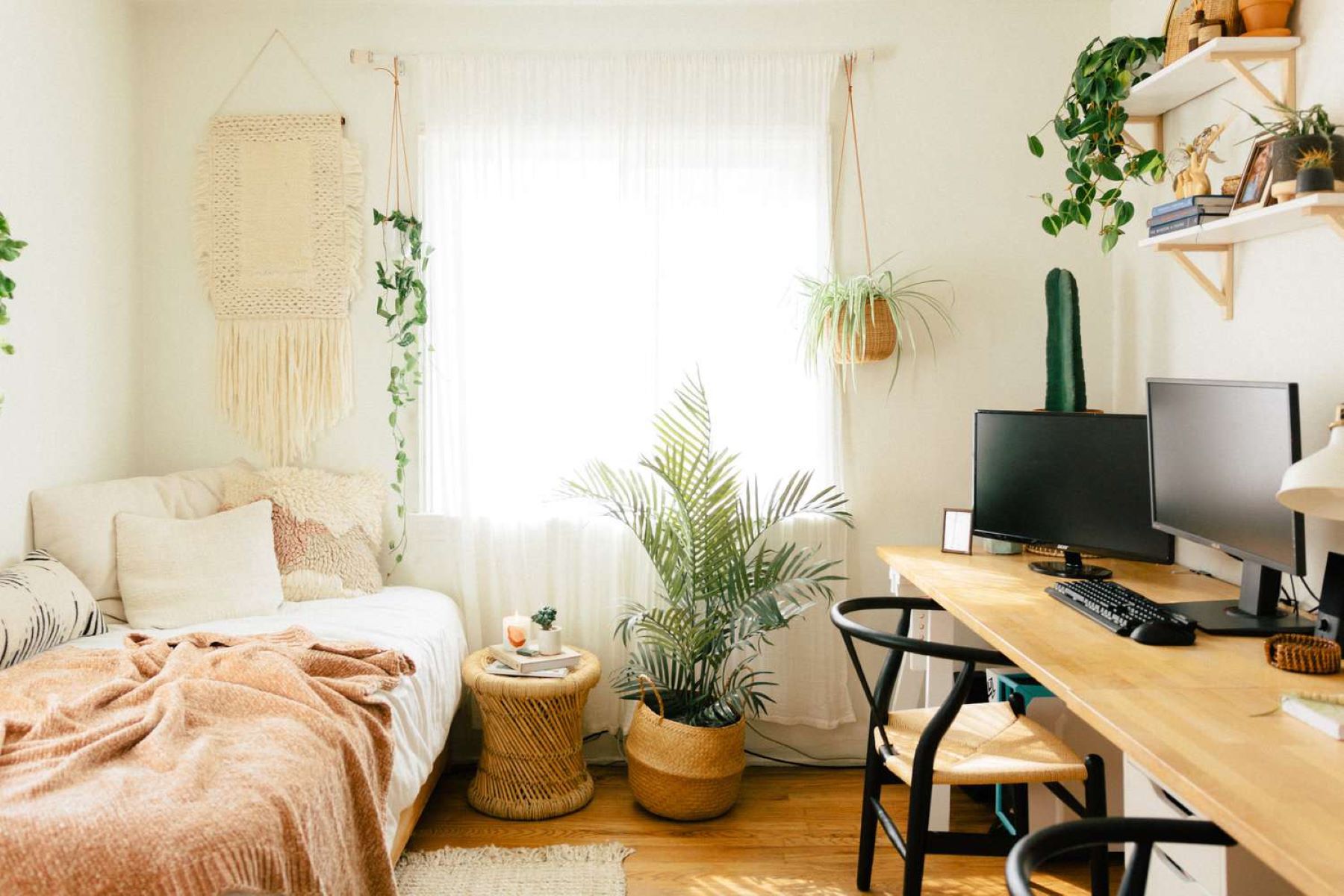
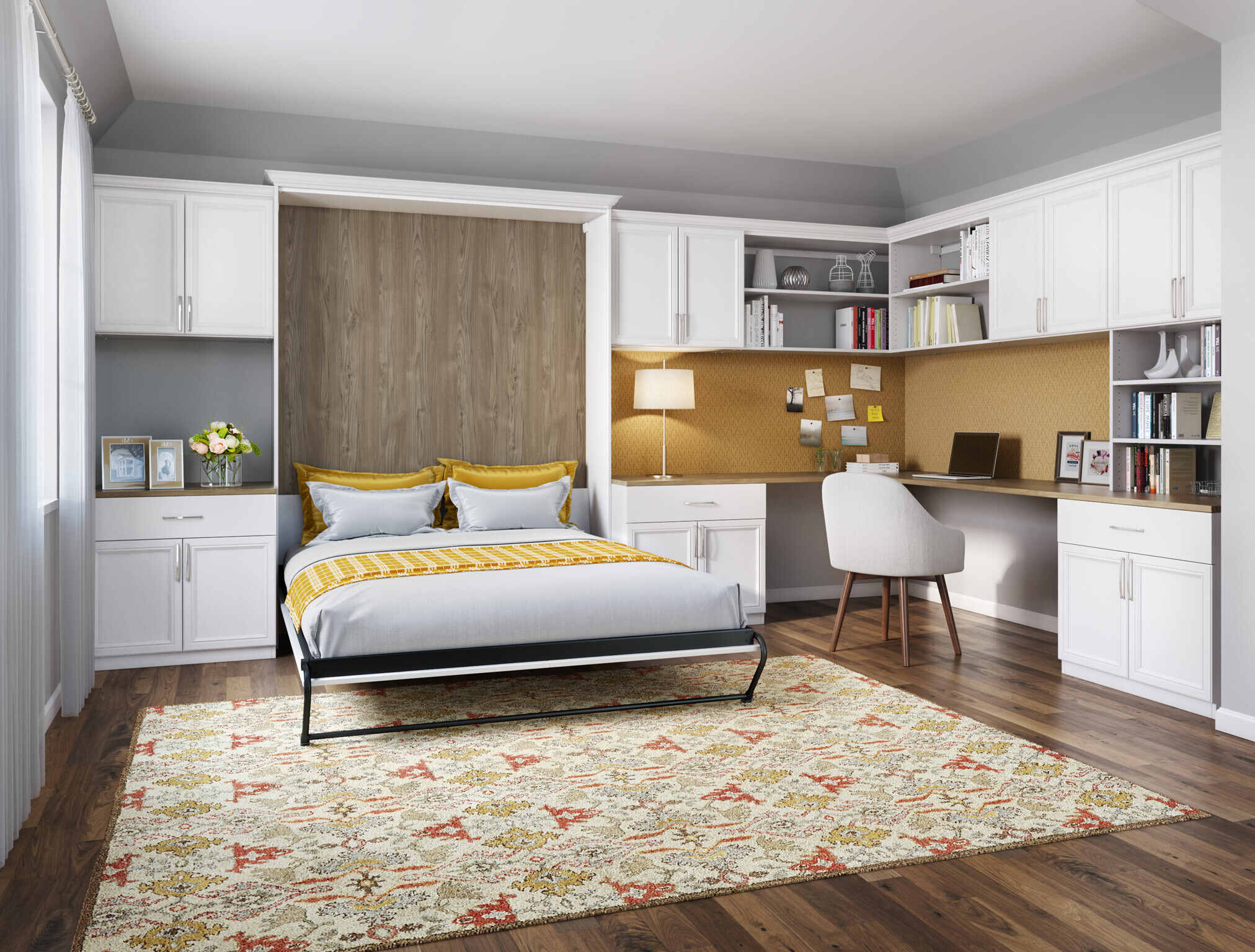
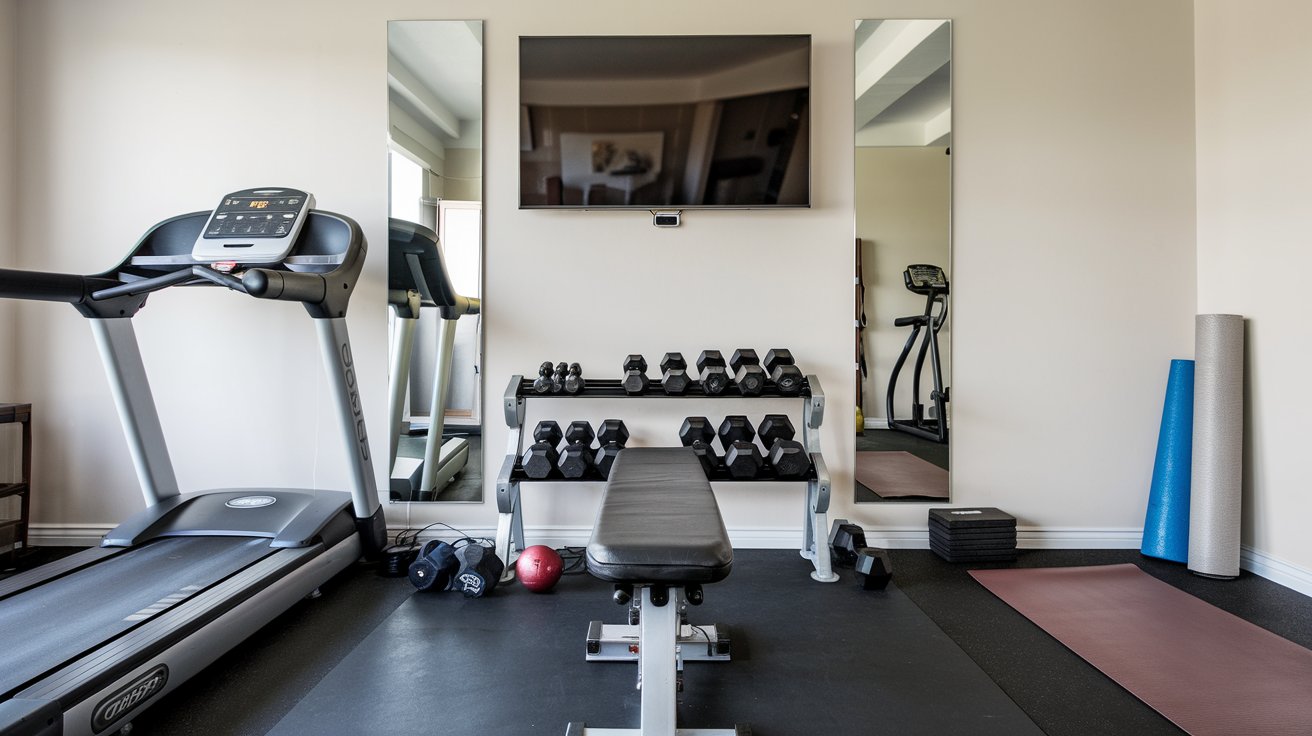

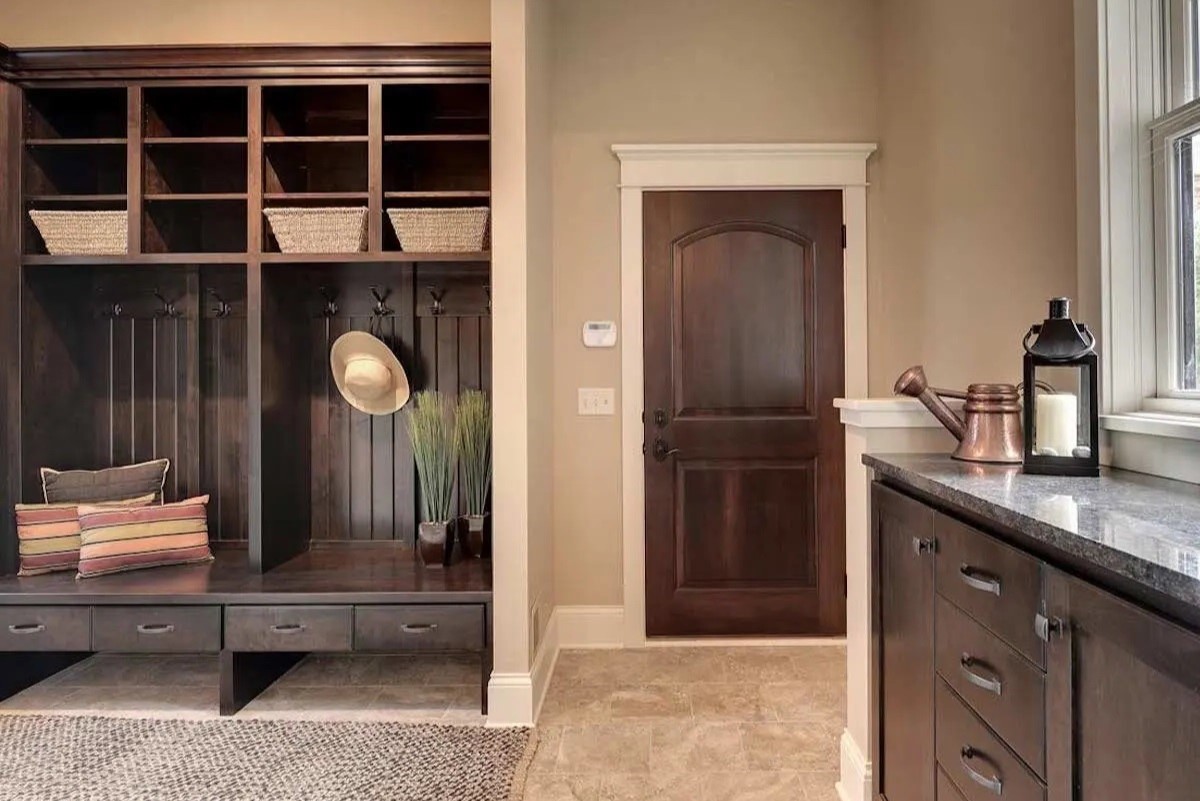
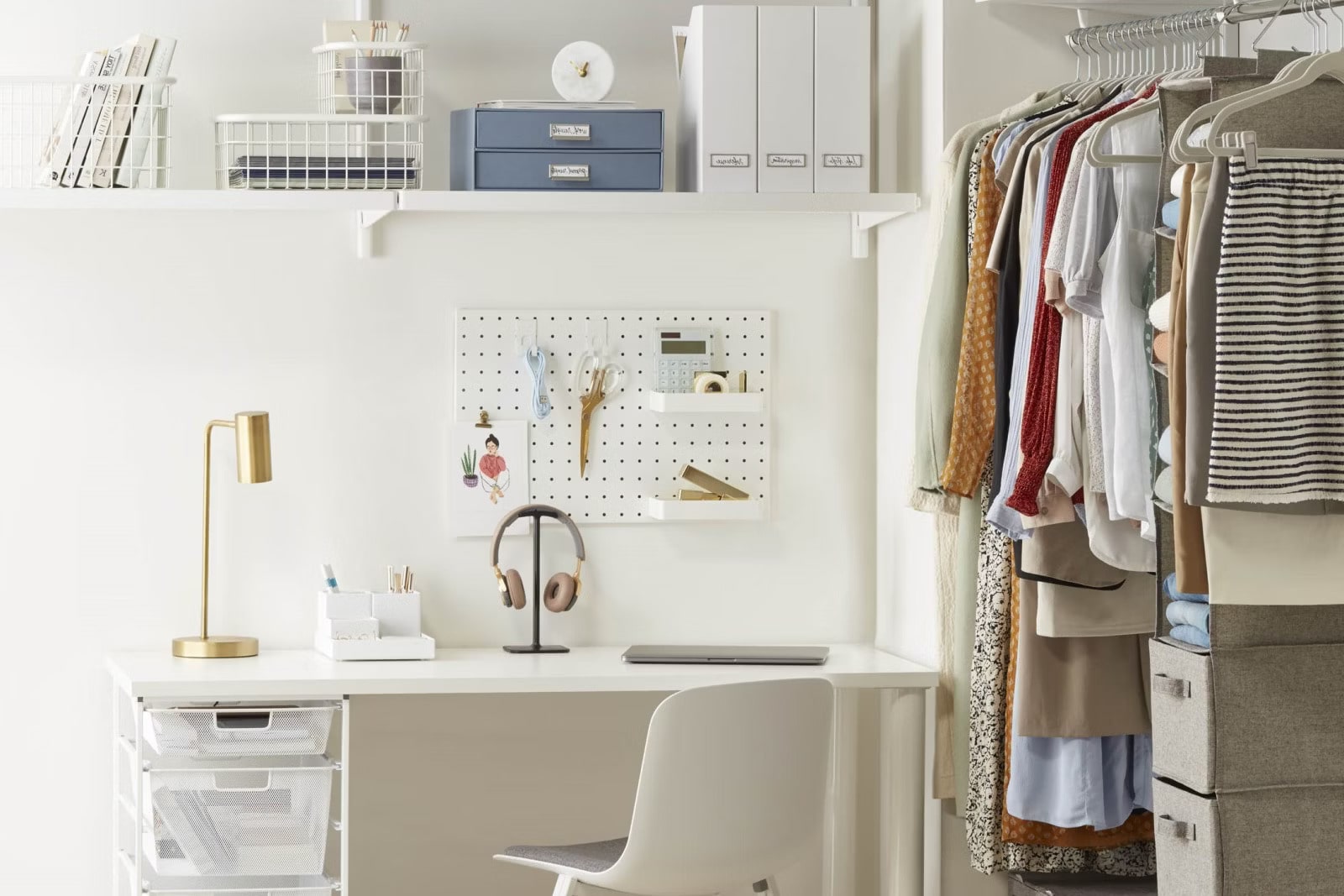
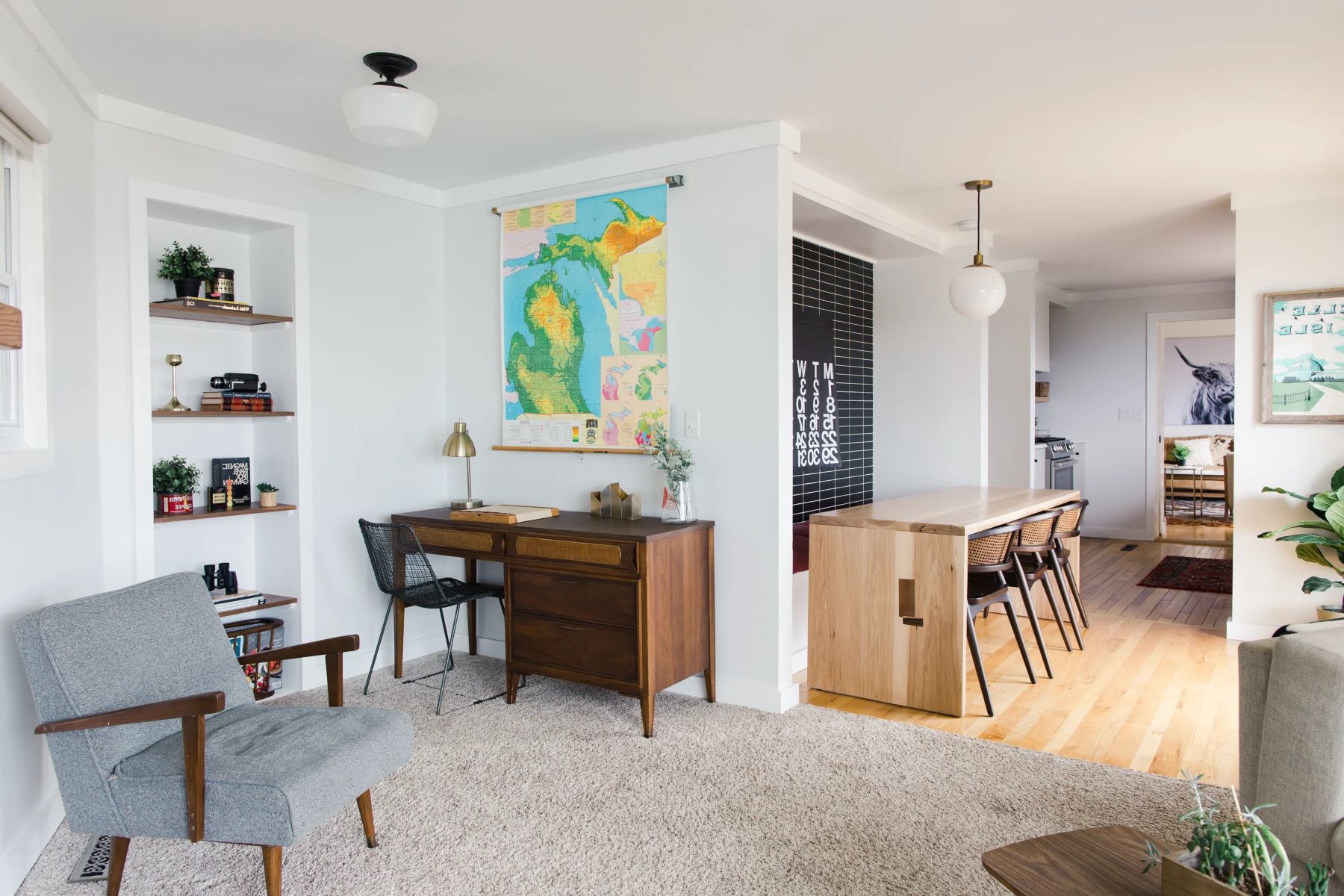
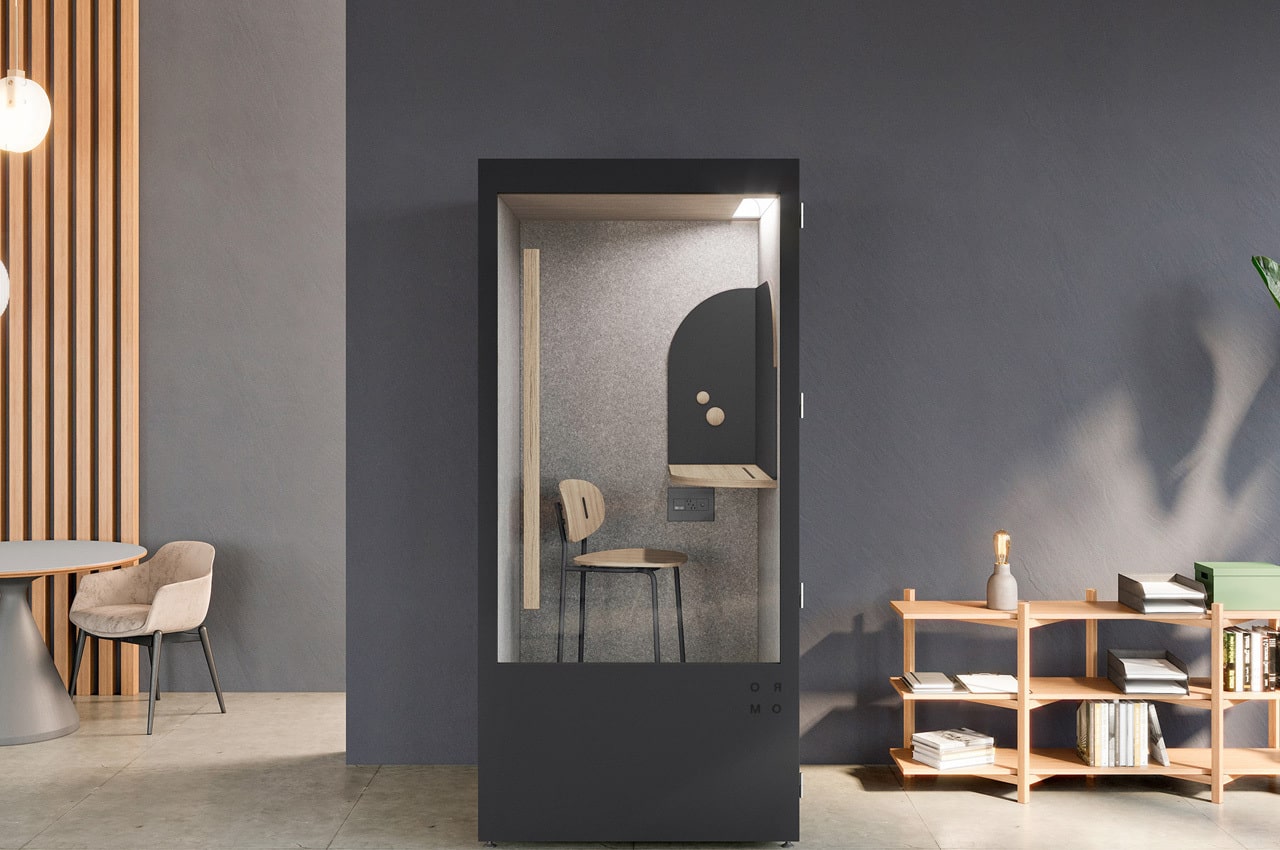

0 thoughts on “Creating A Functional Home Office With Built-in Whiteboard Wall”